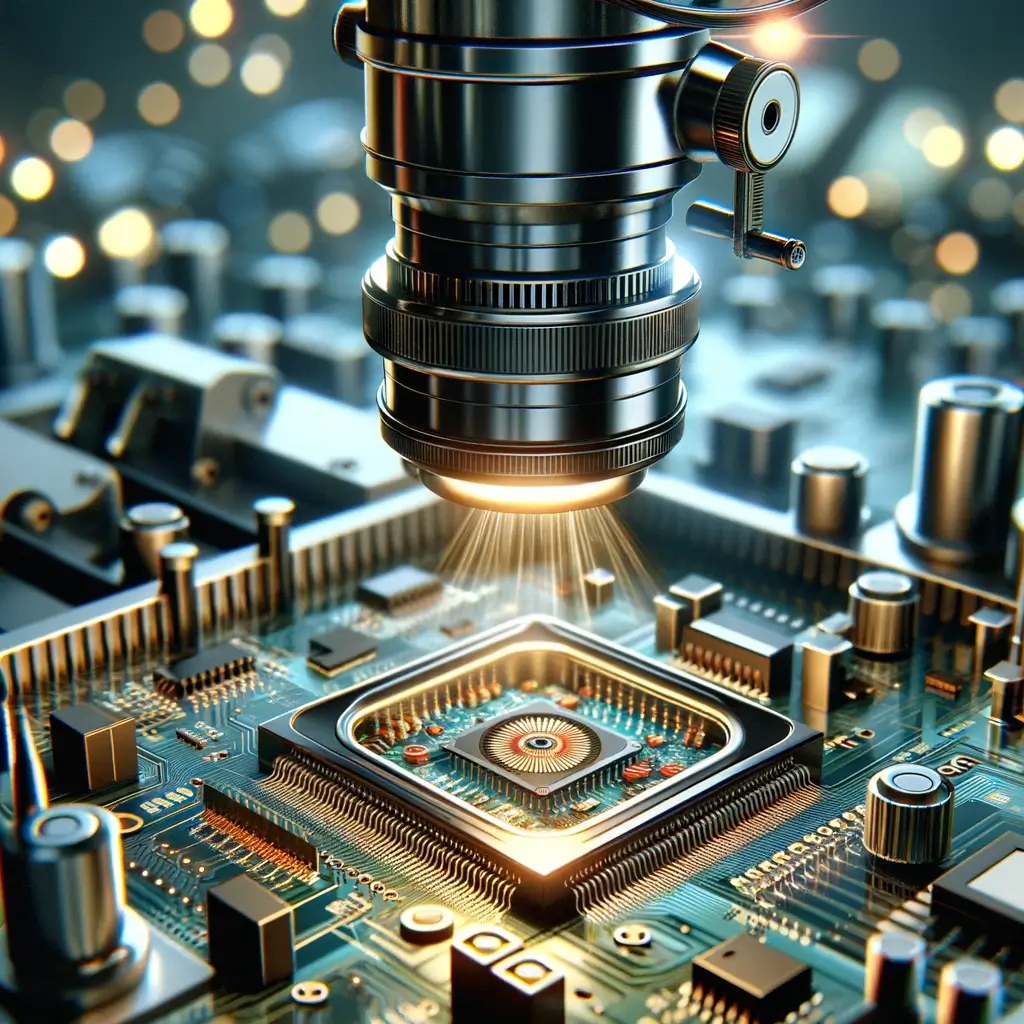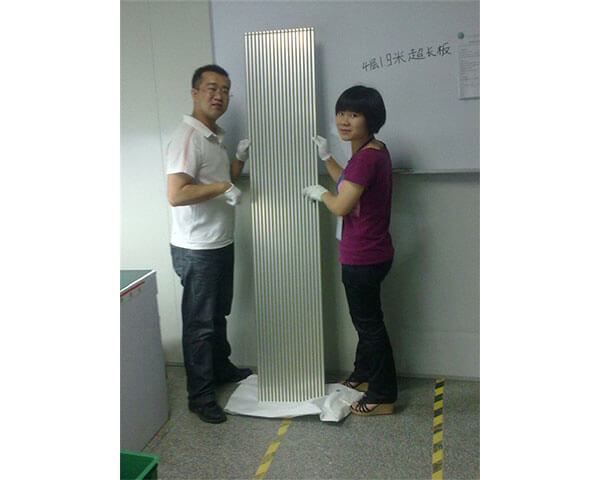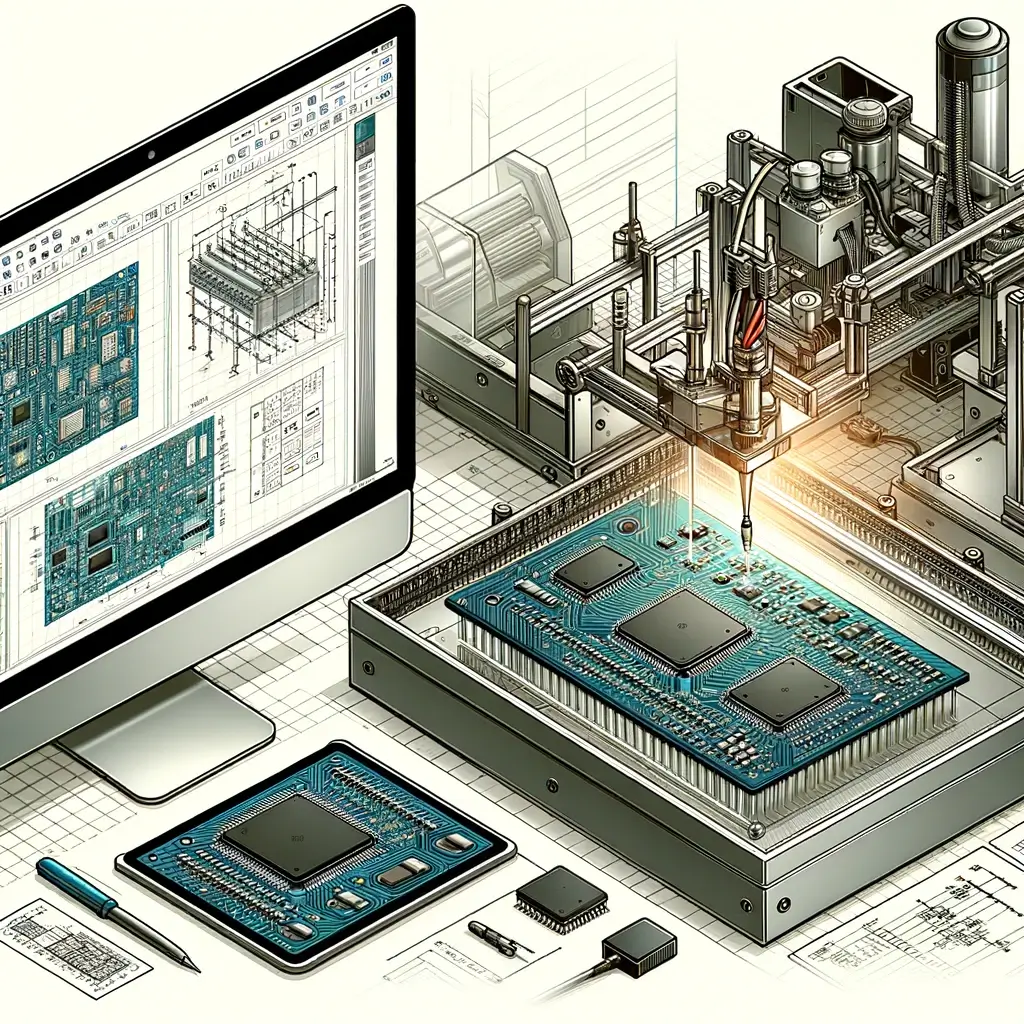Everything You Need to Know About PCB Ionic Contamination Test
In the world of electronic manufacturing, printed circuit board or PCB is the heart of every device. A PCB is made up of metallic traces, solder pads, and components that are assembled and etched onto a non-conductive substrate. However, even the minutest trace of ionic contamination can affect the performance of the final product, leading to mixed results. In order to prevent such issues, PCB ionic contamination testing is essential. In this blog post, we’ll be exploring everything you need to know about PCB ionic contamination testing.
1. What is PCB ionic contamination testing?
PCB ionic contamination testing is a process that is used to detect and measure the amount of ionic contamination on a printed circuit board. The test involves using a specialized equipment to apply water or a solvent onto the surface of the PCB. The equipment then provides a reading of the amount and type of ionic contamination present on the PCB.
2. Why is PCB ionic contamination testing important?
Ionic contamination on a PCB can lead to corrosion, degradation, and even complete failure of the device. When left undetected, it can be very difficult to diagnose the root cause of the problem. PCB ionic contamination testing helps manufacturers to ensure that the PCB is clean and free from any contaminants that could cause problems after the device has been assembled.
3. When should you perform PCB ionic contamination testing?
It is recommended to perform PCB ionic contamination testing during the assembly process, after the cleaning process, and before the final product is shipped. This ensures that any potential contaminants are removed before the final product is delivered to the customer.
4. How is the PCB ionic contamination test performed?
The PCB ionic contamination test is typically performed using a piece of equipment known as an ion chromatograph. This instrument can accurately detect and measure the amount of ionic contamination present on the PCB. The equipment works by applying a specific volume of solvent onto the surface of the PCB, extracting any ionic contaminants present on the surface or within the pores of the PCB.
5. What are the benefits of performing PCB ionic contamination testing?
There are a number of benefits of performing PCB ionic contamination testing. Firstly, it helps to prevent potential problems related to ionic contamination in the final product, which can ultimately lead to product failure. Secondly, by performing PCB ionic contamination testing, manufacturers can ensure that their products are of a higher quality, which can lead to higher customer satisfaction and repeat business.
Conclusion:
PCB ionic contamination testing is an essential aspect of electronic manufacturing that cannot be overlooked. By ensuring that PCBs are free from contaminants, manufacturers can deliver high-quality products that perform efficiently, effectively, and reliably. It’s recommended for manufacturers to work with a reputable PCB supplier who can ensure that their products are of high quality and have undergone rigorous ionic contamination testing. If you have any questions or uncertainties about your PCBs, don’t hesitate to reach out to an expert in the field to guide you through the process.



